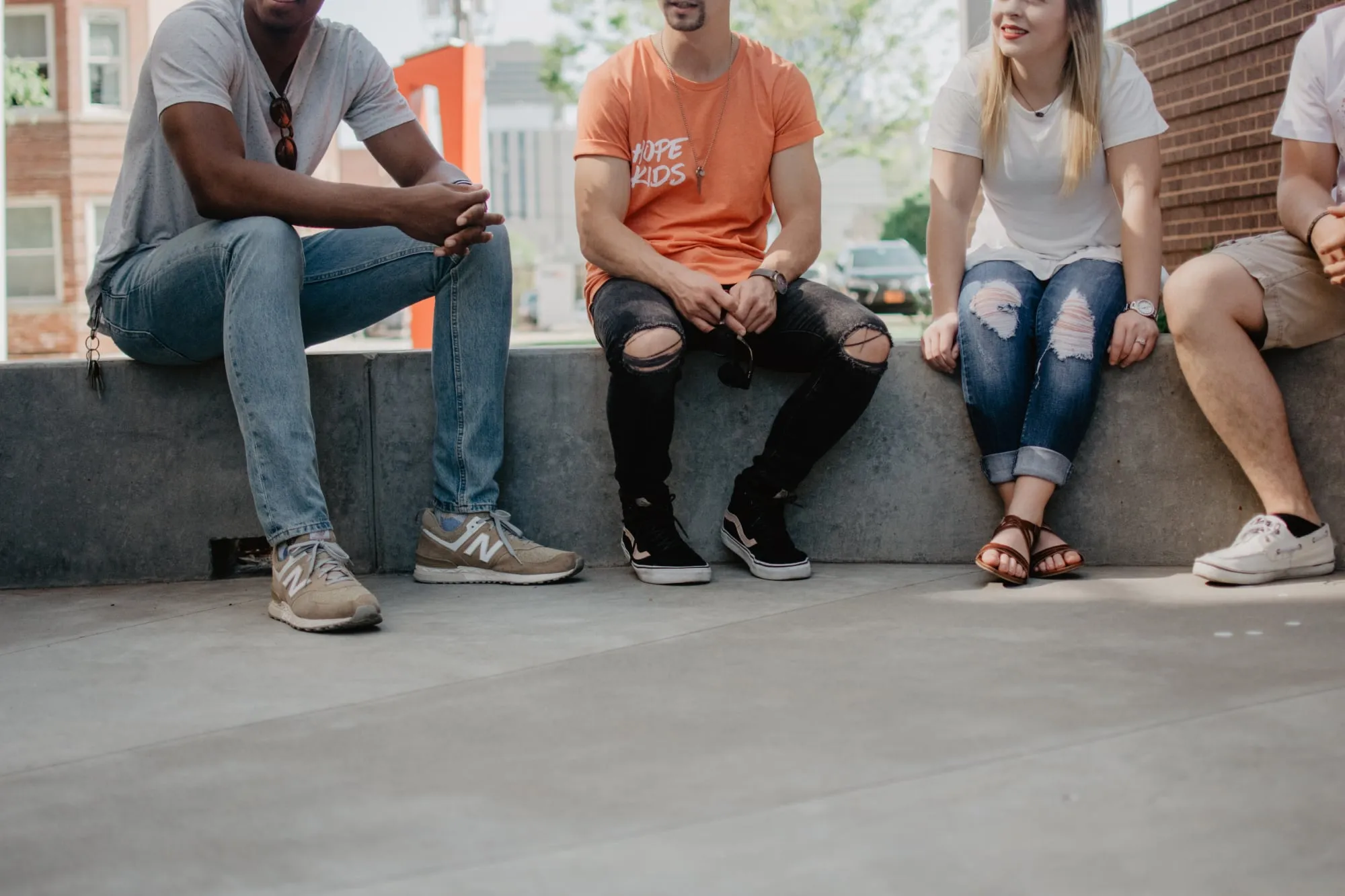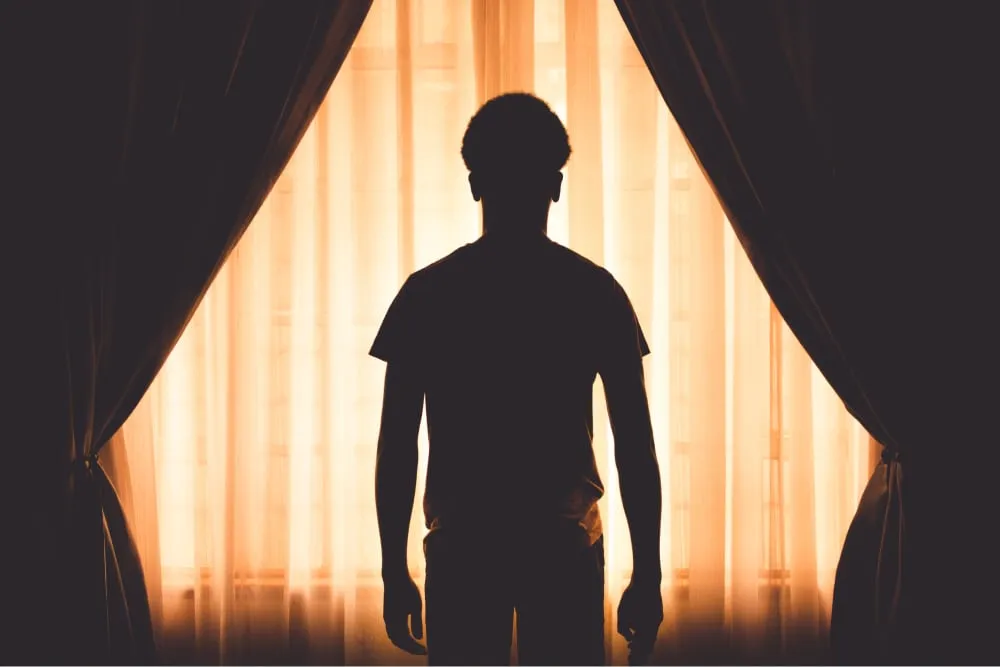Anorexia statistics: by gender
One common lens through which researchers examine the impact of eating disorders like anorexia nervosa (AN) is gender – including how anorexia may affect both cis and transgender people.
This can be an especially helpful statistic to help dispel the widely-held stereotype that the “typical” person struggling with anorexia nervosa is a young, wealthy, white cisgender girl or woman.
It’s true that women have a slightly higher prevalence of developing anorexia compared to men, with ciswomen having a 1.75-3% higher chance of battling the disorder. (2) But further statistics reveal a more nuanced picture:
- Cisgender males make up 25% of all anorexia nervosa cases. (3)
- This group is typically diagnosed later in life, and at higher risk of dying from the disorder.
- Transgender college students report disordered eating—including AN —at 4-times the rate of their cisgender classmates. (4)
- Non-binary people may be at higher risk of restricting their eating than their cis or transgender peers. (5)
Other demographic factors may interact with gender to affect eating disorder prevalence:
- Women with physical disabilities are more likely than able-bodied women to develop an eating disorder of any kind. (6)
- 20% of women struggling with anorexia also have high levels of autistic traits. (7)
- Women in the military are at higher risk of struggling with an eating disorder than their civilian counterparts. (8)
The effect of gender on susceptibility to anorexia nervosa is complex, especially as many studies do not include or account for transgender and non-binary people. However, anorexia statistics like these can help create a more comprehensive understanding of AN prevalence across genders so that more people can be better served.
Anorexia statistics: by race
While media portrayals of people living with AN tend to focus predominantly on white individuals, recent research has shown that this is inaccurate. A 2019 study of young women found that there were no statistically significant differences in the prevalence of white, Hispanic, Asian American, and African American participants on the “threshold” of developing an eating disorder. (9)
The same study also found that many of the same risk factors—including “thin ideal internalization,” “thinness expectancy,” and “body dissatisfaction”—impacted people across these groups at similar rates. (9)
Other studies have shown that race and ethnicity may affect the experiences of individuals with eating disorders in other ways, including whether they can access diagnosis and treatment:
- Black, Indigenous, and people of color (BIPOC) are half as likely as white people to be diagnosed with or treated for an eating disorder. (10)
- Black people are less likely to be diagnosed with anorexia nervosa than white people. (11)
- Asian American college students reported higher rates of food restriction than their white classmates. (12)
These findings point to places where some rethinking on how anorexia nervosa is diagnosed or treated would be beneficial.
Anorexia statistics: by socioeconomic status
Socioeconomic status—or, how much relative wealth someone has or comes from—can also have profound impacts on eating disorders, including not just who develops anorexia nervosa, but who gets treatment for the disorder.
Socioeconomic status has been found to impact perceived need to seek treatment, with more affluent individuals seeking—and receiving—treatment at a higher rate. (13)
However, these disparities by socioeconomic status do not extend to findings on the overall number of people struggling with AN. According to one 2017 study, there was little difference in the rate of people above and below “median income” who developed the disorder. (14)
The authors of this study concluded by calling for greater availability of eating disorder treatment services for communities of lower socioeconomic status.
Anorexia statistics: recovery
While anorexia nervosa is among the deadliest disorders listed in the DSM-5, many people are able to recover from it. A recent follow up to a long term study of people with eating disorders found that 62.8% of participants with anorexia nervosa had recovered. (15)
Finding help—and healing—from AN is entirely possible. But time also becomes an important factor in these cases.
If you or someone you know is struggling with anorexia nervosa, you should seek help as quickly as possible. Reach out to our team at Within Health to learn about our virtual care programs for anorexia nervosa.








